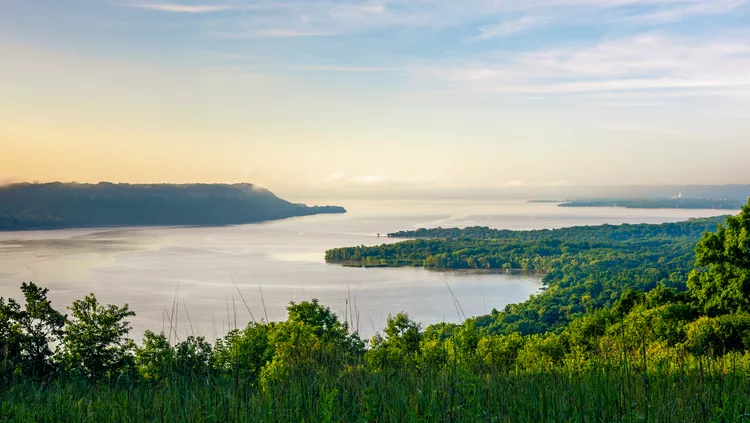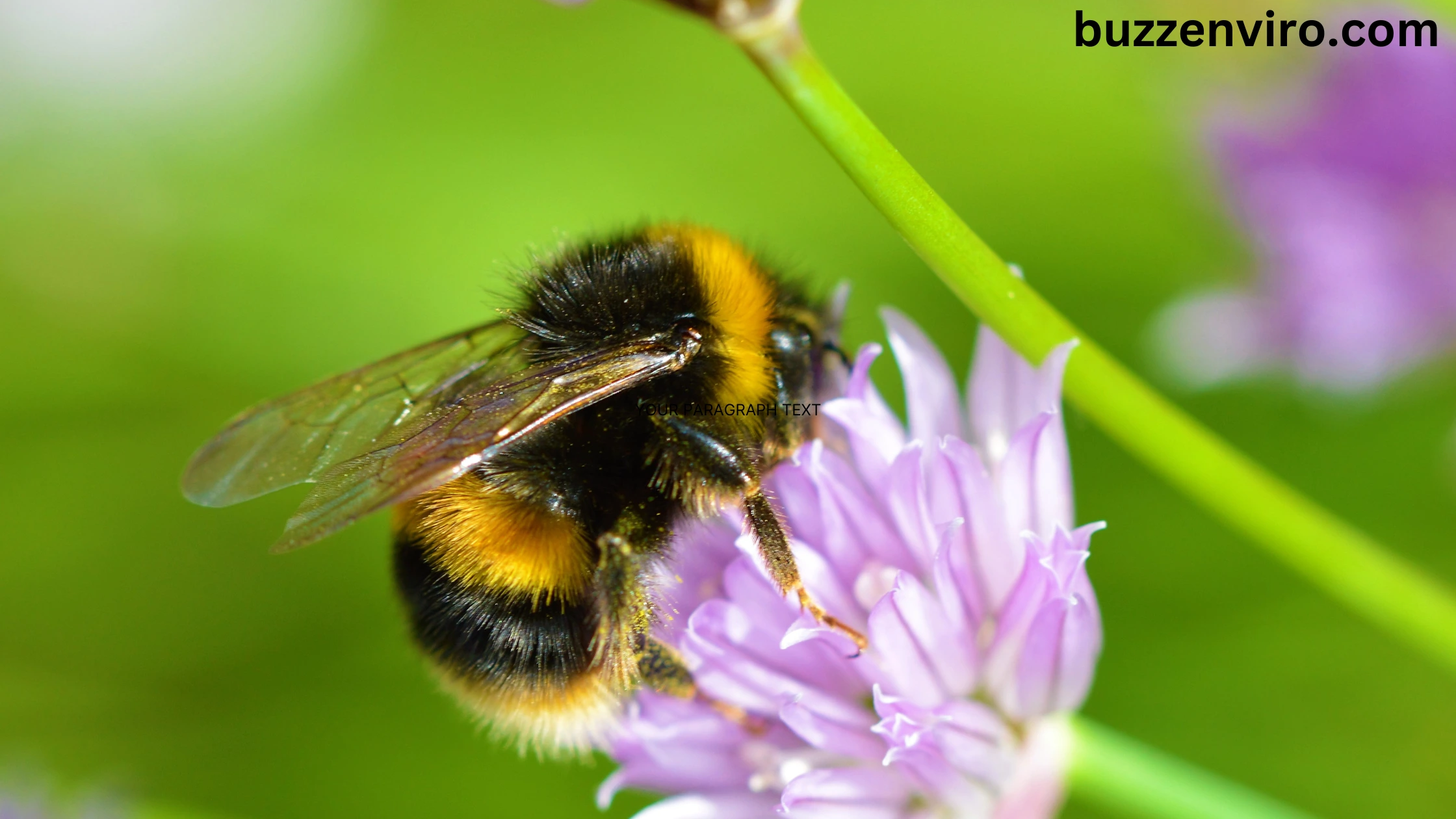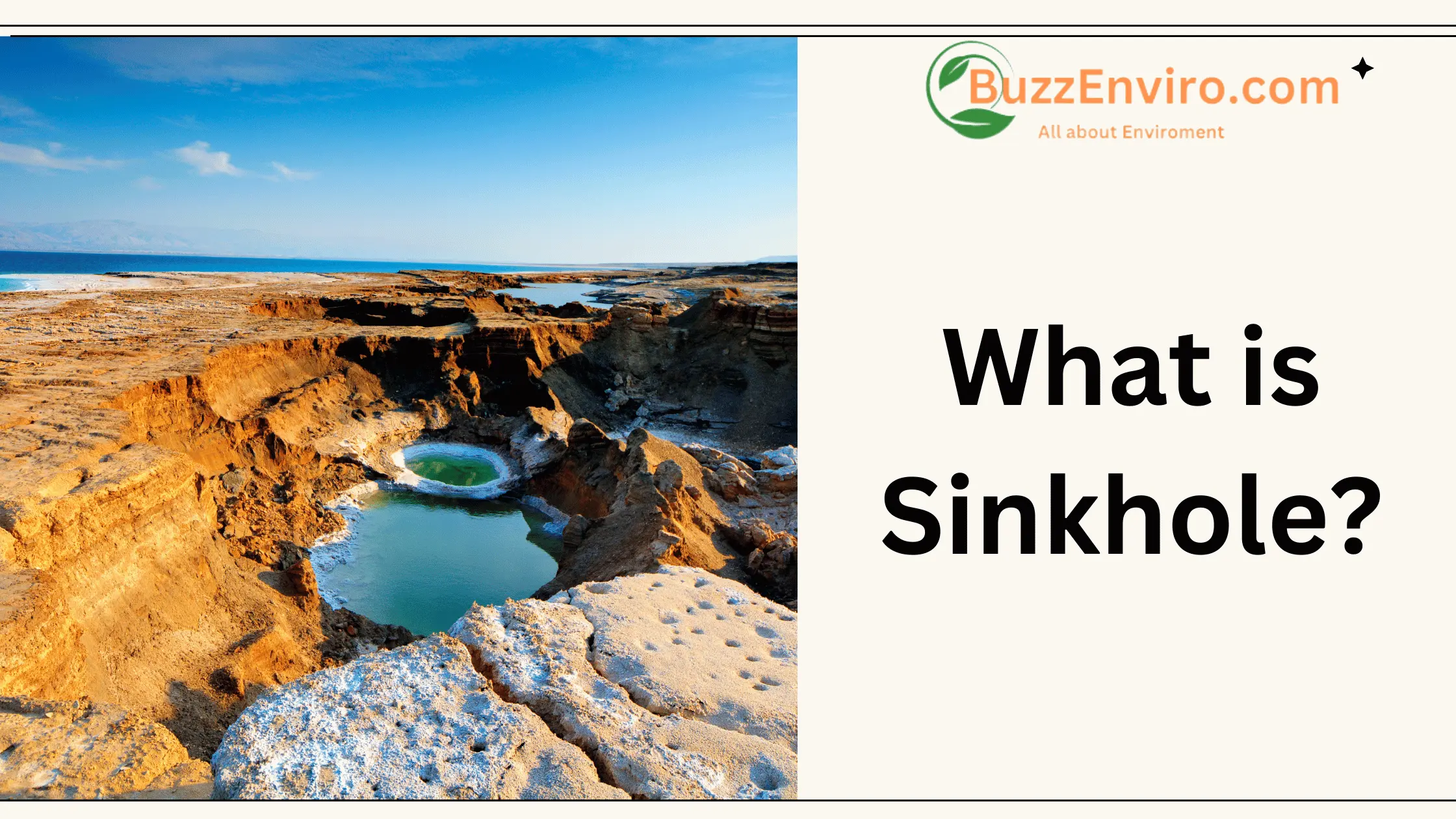The Mississippi River is renowned for its significant contribution to the industrial growth of the United States. It serves as a crucial provider of hydroelectric power, offers clean drinking water to countless individuals, and sustains a variety of fish species that are both ecologically and economically valuable. Its place in American culture has turned it into a central theme in American literature, featuring prominently in Mark Twain’s Huckleberry Finn. From the variety of wildlife it harbors to its extensive and intriguing past, there’s a wealth of information to discover about this stunning and essential river. Here are 10 lesser-known facts about the Mississippi River.
1. The Mississippi River Is the Third-Largest River Basin in the World

Covering over 1.2 million square miles, the Mississippi River ranks as the third-largest river basin globally, surpassed only by the Amazon and Congo River basins. It collects water from 31 states, with its watershed spanning more than 40% of the continental United States.
2. The River’s Widest Point is More Than 11 Miles Across
The Mississippi River reaches its widest point at Lake Winnibigoshish, located near Bena, Minnesota. Spanning over 11 miles across, Lake Winnibigoshish is the widest point of the river. Within the Mississippi’s shipping channel, Lake Pepin, which is approximately two miles wide, holds the title for the widest point.
3. The Mississippi River is the Origin of Waterskiing
The Mississippi River’s Lake Winnibigoshish is credited as the birthplace of waterskiing. At the tender age of 18, Ralph Samuelson pioneered the concept of translating snow skiing onto water. However, Samuelson chose not to patent his invention. Instead, it was New York inventor Fred Waller who secured a patent for water skis in 1925, three years following Samuelson’s initial successful waterski ride. Waller’s creation, known as the “Dolphin Akwa-Skees,” became widely recognized.
4. Two People Have Swum the Entire Length of the River
In 2002, Slovenian distance swimmer Martin Strel embarked on an extraordinary journey, swimming the length of the Mississippi River in an astonishing 68 days. This remarkable feat propelled him to attempt the same challenge across the Amazon and Yangtze rivers. Then, in 2015, American Navy combat veteran Chris Ring made history as the second individual and the first American to complete the swim across the Mississippi River. His journey spanned 181 days, a testament to his endurance and determination.
5. The Mississippi River is Home to 25% of All North American Fish Species
The Mississippi River boasts a rich diversity of wildlife, with at least 260 species of fish calling it home. Collectively, this river holds approximately 25% of all fish species in North America, with about half of these species residing beneath St. Anthony Falls, the sole major waterfall along the Mississippi River. This stretch of the river features a variety of currents, pools, and backwaters, creating a habitat that supports a wide array of fish species. Among the fish species found in the Mississippi are carp, catfish, sturgeon, pike, and gar.
6. The River Serves as the Birthplace of Saw and Flour Milling
In addition to serving as a crucial habitat for fish, St. Anthony Falls played a pivotal role in the industrialization of Minneapolis. Presently, it is situated near the heart of downtown Minneapolis, Minnesota. During the 1700s and 1800s, settlers began harnessing the falls’ power to drive lumber and flour mills. However, in 1869, the falls partially collapsed during an effort to expand milling operations above them. Despite numerous unsuccessful attempts to repair the natural falls, the U.S. Army Corps of Engineers ultimately decided to construct a concrete wall in its place. This wall was finished in 1876 and stands to this day. With the stabilization of St. Anthony Falls, flour milling experienced a significant boom in the area.
7. It’s the Second-Longest River in the United States
Starting at Minnesota’s Lake Itasca, the Mississippi River stretches for approximately 2,350 miles before entering the Gulf of Mexico in Louisiana. Remarkably, it is only about 200 miles shorter than America’s longest river, the Missouri River
8. It flows through the U.S. States
The Mississippi River winds its way through ten states: Minnesota, Wisconsin, Iowa, Illinois, Missouri, Kentucky, Tennessee, Arkansas, Mississippi, and Louisiana. Among these states, two—Baton Rouge, Louisiana, and St. Paul, Minnesota—have their capital cities situated along the Mississippi River.
9. You can Drive Alongside Most of the River
Planning your next road trip? Look no further than the scenic roadway built alongside the Mississippi River in 1938. Known as the Great River Road, much of this picturesque route is designated as a federally recognized National Scenic Byway. Spanning over 3,000 miles, the drive offers an immersive experience that can be completed in approximately 36 hours.
10. It Takes 3 Months for Water to Travel the Entire River
The Mississippi River discharges more than 4 million gallons of water into the Gulf of Mexico every second. Its flow varies across its length, influenced by both natural meanders and human modifications. In total, it takes approximately three months for the water originating from the Mississippi River’s headwaters at Lake Itasca to reach the Gulf of Mexico.





